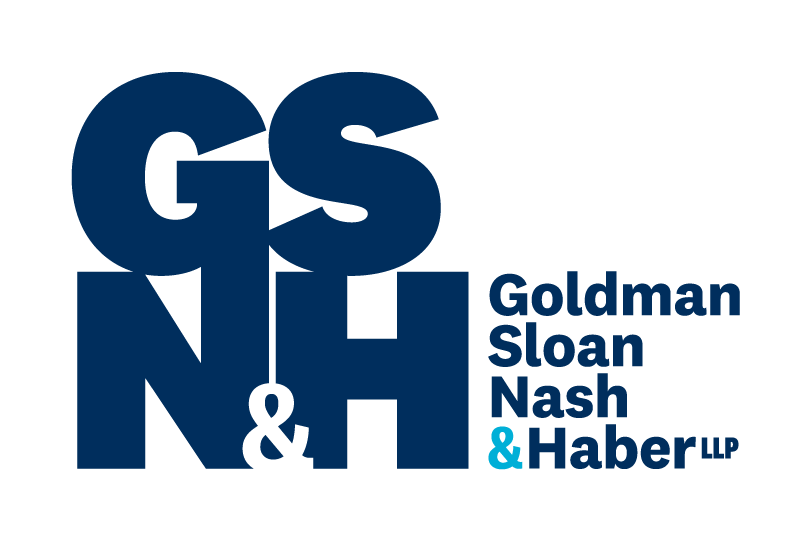Cybersquatting
Cybersquatting occurs when a third party registers a domain name consisting of, or similar to, a brand name to which they have no legitimate claim and later attempts to sell or license the registered domain name to the brand owner. In the classic case, the cybersquatter registers domain names that are similar or identical to a registered trademark.
Cyberpiracy
Cyberpiracy occurs when a domain name incorporating a variation of a brand name is used on a website to lure traffic from the brand owner’s site. A variation, sometimes referred to as typosquatting, occurs when the third party registers a domain name virtually identical to a brand name but misspelt with the intention of getting hits from individuals who inadvertently misspell or mistype the brand name. This is also used to support various phishing schemes.
“Parking” occurs when a cybersquatter, cyberpirate or typosquatter arranges for individuals, who access a website associated with the domain name in issue, to be directed to a landing page which displays numerous sponsored links to other businesses. If the links are accessed referral fees are paid.
There continue to be frequent abuses of brand names as a result of both cybersquatting and cyberpiracy. A recent report suggested that more than 13,000 squatting domains had been registered in December 2019, at an average of 450 per day. Almost 19% of the domain names registered were being used for malicious purposes. Almost 37% were found to present a high risk to users visiting them since the domains had associations with malicious URLs within the domain.
How to Protect Your Brand
Unless a brand owner takes appropriate steps to monitor and police such activities it may prejudice the scope of the protection available to its brand names. The more important the scope of its online branding, the greater the potential negative impact. Ongoing monitoring of domain names, websites, IP addresses, search engines and blogs may be required.
If you have questions, please contact me at mckeown@gsnh.com.
Goldman Sloan Nash & Haber LLP
480 University Avenue, Suite 1600
Toronto, Ontario M5G 1V2
Direct Line: (416) 597-3371
Fax: (416) 597-3370
Email: mckeown@gsnh.com
These comments are of a general nature and not intended to provide legal advice as individual situations will differ and should be discussed with a lawyer.
A version of this article originally appeared on the Lawyer’s Daily website published by LexisNexis Canada Inc.
